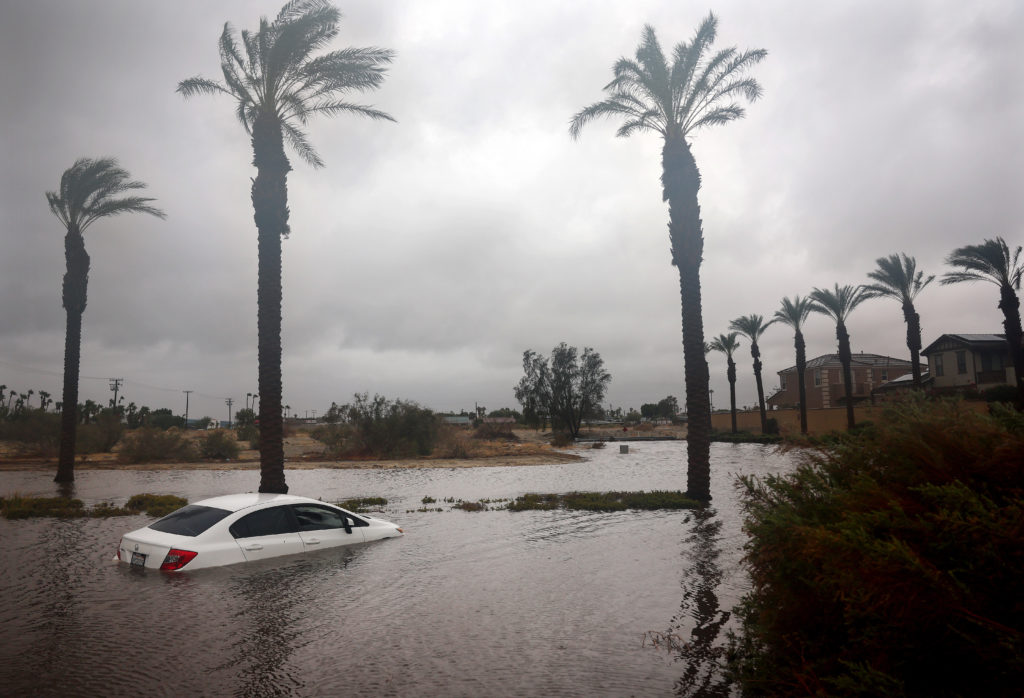Clusters of Atmospheric Rivers amp up California Storm Damages
Posted
Last Updated
When multiple atmospheric rivers hit California back-to-back, the economic damage from resulting rain and snowfall is three to four times higher than predicted from individual storms, a Stanford study finds. The insight could help water managers and disaster planners better prepare for future impacts of climate change.
Early in 2023, a series of storms dumped record-breaking amounts of rain and snow across California. Flooding, power outages, and mudslides from the deluge resulted in 21 deaths and over $3 billion in losses.
The deluge resulted from streams of water vapor in the sky known as atmospheric rivers, which paraded over California one after another. In all, nine atmospheric rivers hit California between Dec. 26, 2022, and Jan. 17, 2023. New research from Stanford University suggests back-to-back atmospheric rivers, which are likely to become more common because of climate change, bring particularly severe damages.
The study, published Jan. 19 in Science Advances, shows that atmospheric rivers arriving in rapid succession cause three to four times more economic damage than they would have individually by drenching already-saturated soils and increasing flood risks.
“We’re going to see more feast-or-famine conditions, where we have really dry years and also have years with one atmospheric river after another, as we saw in the 2023 winter,” said senior study author Jack Baker, professor of civil and environmental engineering, which is in the Stanford Doerr School of Sustainability and the Stanford School of Engineering. “The more we can anticipate the flooding and damage these storms can cause, the more rapidly we can respond.”
More frequent and more damaging
Atmospheric rivers are long, narrow bands of water vapor that travel from the tropics. At their strongest, these systems can carry up to 15 times the amount of water flowing out of the Mississippi River. When all this moisture hits the U.S.
Learn More at news.stanford.edu

